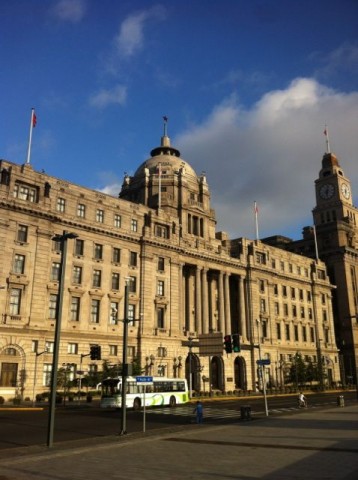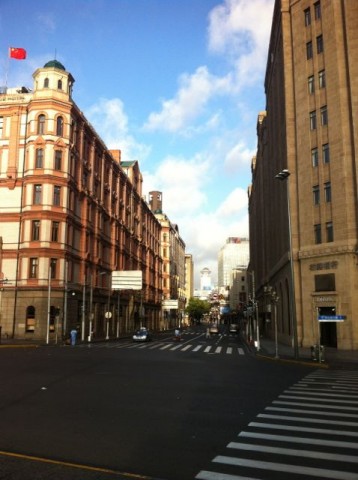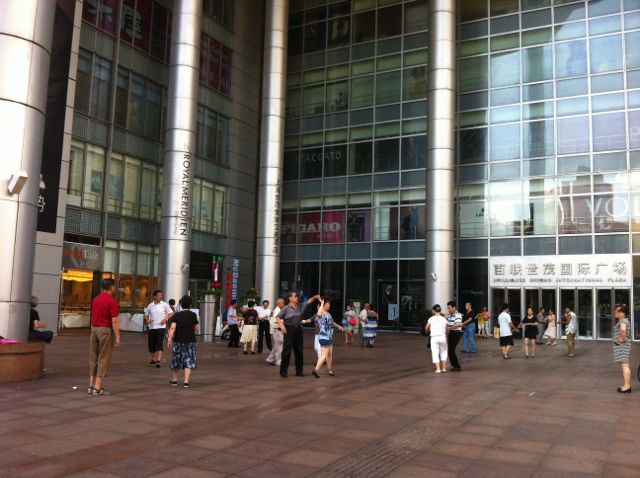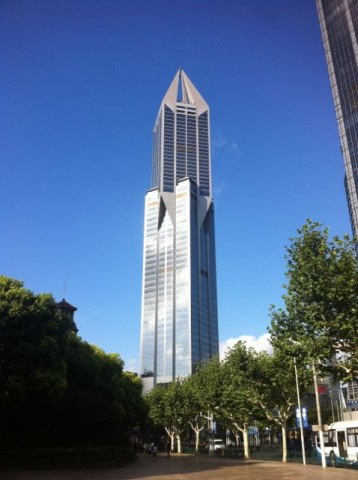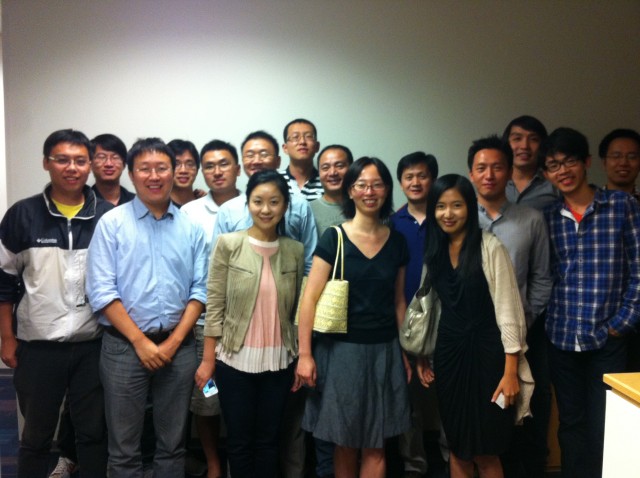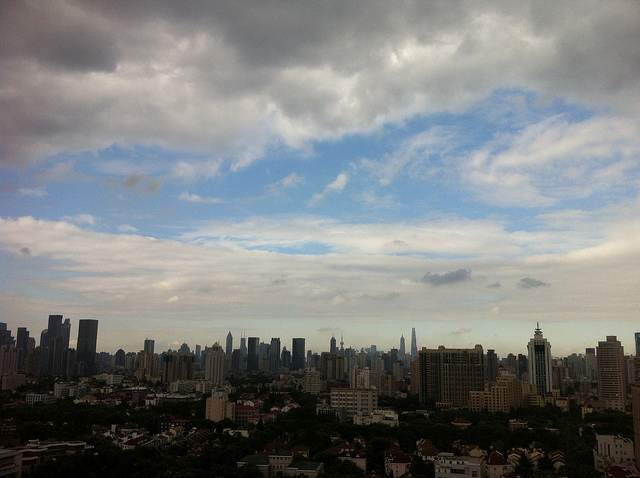Travel is a habit changer, and a mind changer. From time to time, I acknowledge the benefit of travel, and its positive impact on me.
Break the Boundary of Time
Travelers may have different sense of time than the residence. I waked up and wandered around the Bund at 5:30 am today, and saw many travelers – who else wake up so early to get to a tourism location? When I was in the valley, because we are running out of the daily schedule, 9:00 am is not that a sharp dividing line between pre-work to work. Sunday and Saturday are not that different, than work days.
Break the Boundary of Location
During travel, “far” places are much further than local people. A typical trip to China means Beijing/Shanghai/Xi’an/Guangzhou and maybe Chengdu for most foreigners, and for others, Tibet and Xinjiang are must visit for many American, which is still a dream for many people, including myself.
When you travel, since you have setup the orientation system for yourself, you may wake up and drive to places considered far-away. Driving down to Los Angelas does not sound too crazy to me, and driving across US is also attractive. In the area, a meeting in the City (San Francisco) can be arranged adjacent to a meeting in San Jose. That is just like arranging a meeting in Shanghai and Suzhou, and maybe another in Hangzhou. Totally crazy but I don’t feel anything wrong about it when I travel.
If you apply that to Shanghai, meeting in any of the district should sounds close, and you should do it.
Break the Reasons You Don’t See People
When I travel, I may just shoot an email to an old friend and tell him/her that I am in town and how about catch up? The only reason to catchup is because we haven’t seen each other for at least half year (my travel schedule). Visiting a place every half a week or a year is good interval since it is not too long that you barely accumulate any friend, or too short that you become a resident. The other party enjoy the same thing.
In Shanghai? That sounds a little bit awkward. You don’t see people just for the sake of seeing people (It IS a great reason), so people may stay away from each other without face to face time for many years. Sometimes I feel people in the city is further than people in the city.
Break the Balance Between Thinking and Doing
This is actually not just travel, it is vacation vs working time. In working time, most of the time, we are doing things. Doing is an important part of a company or person, but lack of thinking for too long can be a problem.
Travel is dedicated thinking time. Even people who swipe the street gets to think when they are travel. You talk with people – think! You see the street view – think! You check-in hotels – think! You are forced to think and react to the more unfamiliar world, and you think more.
This is one thing we definitely need to learn from the travelers.
Others
Surely there are many other aspects of travel itself – the culture immersion, the new skills you learn, but at the end of the day, you are still yourself, and the impact in how you behave is more important than the real knowledge.
